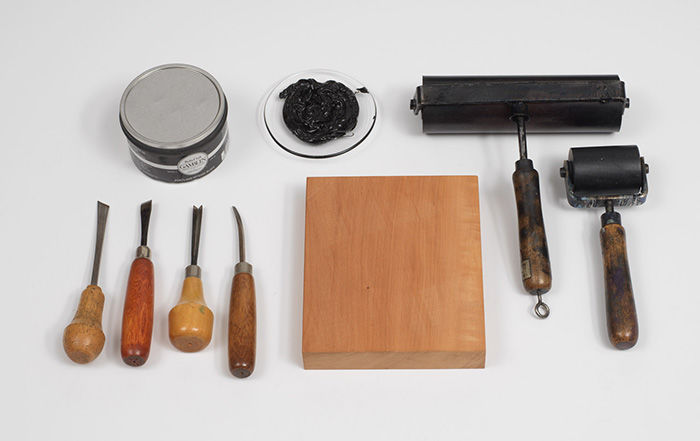The Four Horsemen, from "The Apocalypse"
Albrecht Dürer German
Not on view
The third and most famous woodcut from Dürer's series of illustrations for The Apocalypse, the Four Horsemen presents a dramatically distilled version of the passage from the Book of Revelation (6:1–8): "And I saw, and behold, a white horse, and its rider had a bow; and a crown was given to him, and he went out conquering and to conquer. When he opened the second seal, I heard the second living creature say, 'Come!' And out came another horse, bright red; its rider was permitted to take peace from the earth, so that men should slay one another; and he was given a great sword. When he opened the third seal, I heard the third living creature say, 'Come!' And I saw, and behold, a black horse, and its rider had a balance in his hand; ... When he opened the fourth seal, I heard the voice of the fourth living creature say, 'Come!' And I saw, and behold, a pale horse, and its rider's name was Death, and Hades followed him; and they were given great power over a fourth of the earth; to kill with sword and with famine and with pestilence and by wild beasts of the earth." Transforming what was a relatively staid and unthreatening image in earlier illustrated Bibles, Dürer injects motion and danger into this climactic moment through his subtle manipulation of the woodcut. The parallel lines across the image establish a basic middle tone against which the artist silhouettes and overlaps the powerful forms of the four horses and riders—from left to right, Death, Famine, War, and Plague (or Pestilence). Their volume and strong diagonal motion enhance the impact of the image, offering an eloquent demonstration of the masterful visual effects Dürer was able to create in this medium.
Due to rights restrictions, this image cannot be enlarged, viewed at full screen, or downloaded.
This artwork is meant to be viewed from right to left. Scroll left to view more.





